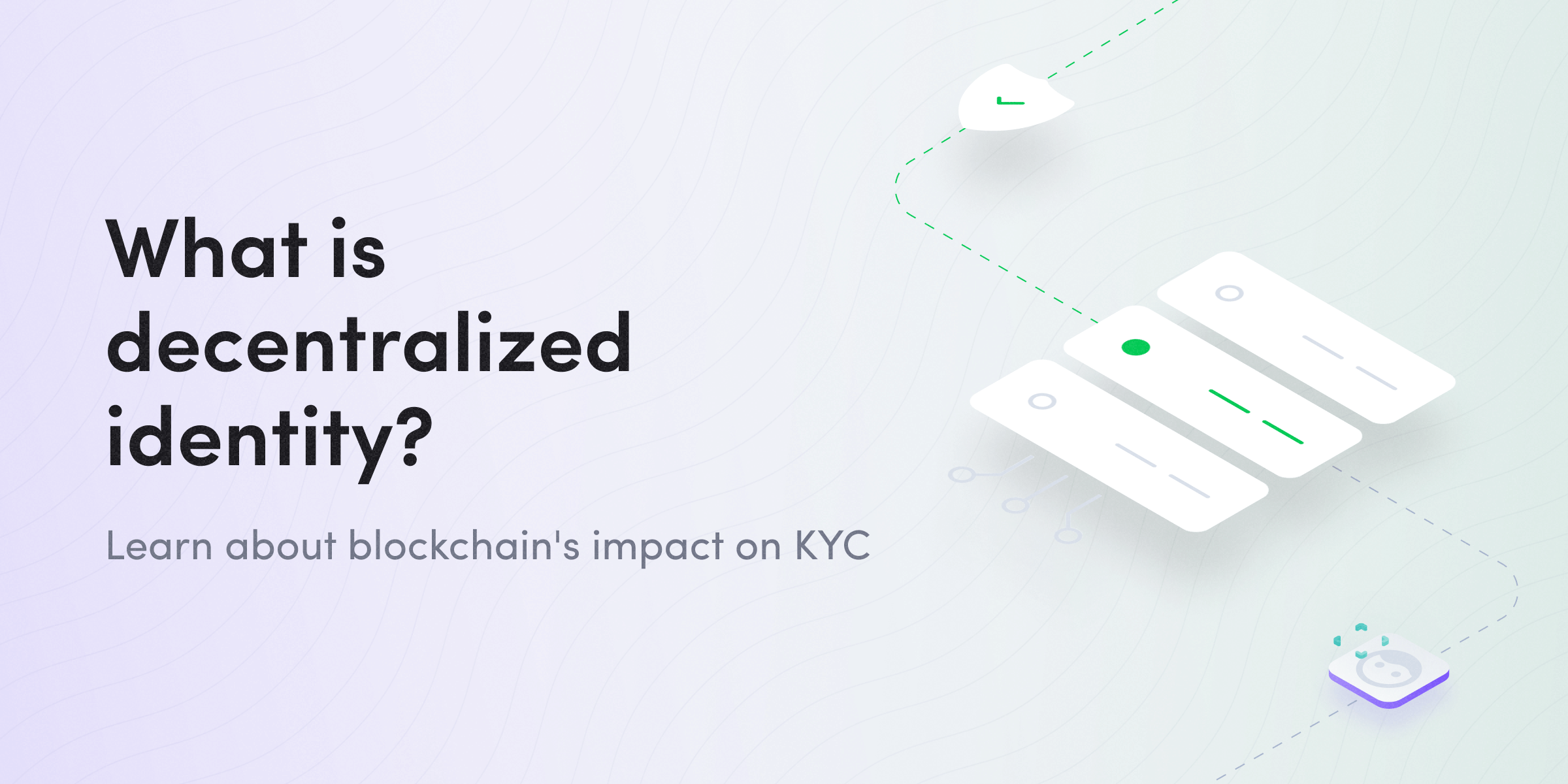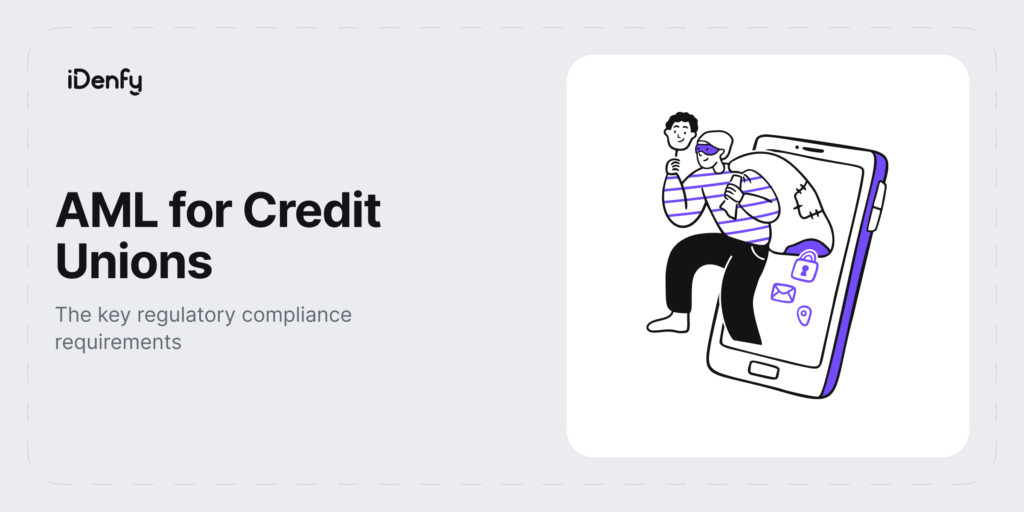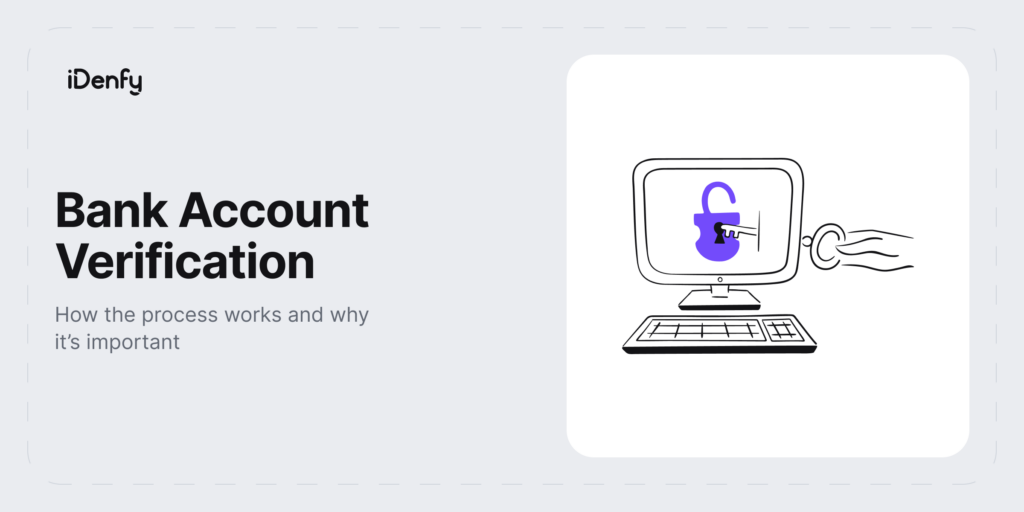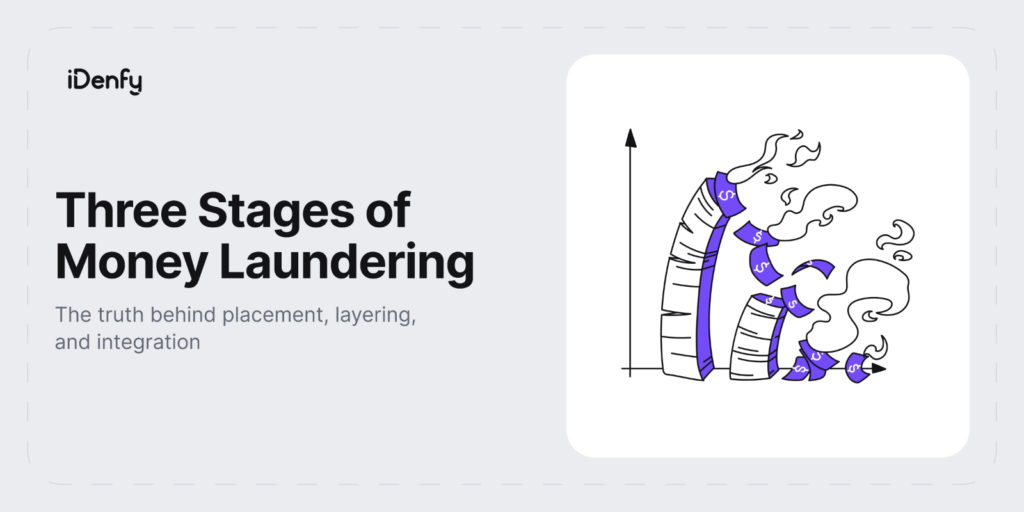A few years back, the internet left us with no other data storage means, so centralization has been the sole of the storage business. Despite the technology and its success, cybercrime hasn’t left the picture to this day.
That’s precisely why data breaches have led to a lot of crises, such as stolen identities being used for fake registrations, stolen credit cards being sold in the black market, etc. This has shown a lapse when it comes to centralization and identity storage.
So in this ultimate guide, we’ll be answering different questions that surround decentralized identity:
- What is decentralized identity?
- Why do we need a decentralized identity?
- How does decentralized identity work?
- Does decentralized identity have any limits?
- What does the future hold for decentralized identity?
- How does identity verification improve security?
What is Decentralized Identity?
A decentralized identity, or self-sovereign identity, is an approach to how internet users can engage and manage their data. It’s a manner through which data or credentials that verify a user are controlled by the user. To put it simply, a decentralized identity gives users a democratic concept to use and manage their data.
The data that defines each user’s identity is referred to as personally identifiable information (PII). This set of data, when decentralized, cuts out the time-consuming process of authentication between various organizations.
For example, a decentralized driver’s license can be verified to be genuine on the blockchain without going through the issuer. Blockchain technology ensures trust and transparency in its operation, so records of the issuer and the date issued can be publicly tracked by anyone from any computer.
Why Do We Need a Decentralized Identity?
The internet has been the bridge between humans and digital services. To enjoy these services, users are left with no choice but to submit the required personally identifiable information (PII). That said, the question narrows down to why we need a decentralized identity in the first place.
- Ease of access: Decentralized identity gives users the easiest means of accessing the internet without restrictions on logins.
- Ownership and control of data: One thing decentralization does so well is eliminating third-party control. It retains the user’s ownership right, thereby making the data self-owned and controlled. In a broader sense, users only give out data that is worthy of being used by any organization, and limitations on what is allowed on the public internet are reduced through Zero-knowledge proofs.
- Seamless authentication: The case of forgotten usernames and passwords is a common thing in the digital space, and a thousand sites simply mean a vast number of varying passwords and usernames. This problem, coupled with the repetitive use of highly private identifiers to access digital services, is seen as a deficiency in web2. In contrast, using a decentralized identity provides a single identity for various access instead of usernames and passwords.
- Enhanced data security: A report from Statista shows that 15 million data records were exposed through data breaches during the first quarter of 2022. Decentralization offers its users high-end security for their data. It uses cryptography to store data on the blockchain, making the data tamper-proof and unalterable.
- Trust between organizations and users: The use of decentralized identity has given a balance to privacy, ownership, and validation without fretting about being attacked or getting vulnerable. Since the blockchain’s information through explorers and scanners can be publicly read when approved by the users, organizations can verify the authenticity of a PII on-chain rather than going through the time-consuming traditional process. This brings the next level of trust among issuers, users, and organizations that require it.
How Does Decentralized Identity Work?
It is crucial to understand what surrounds decentralized identities and how they operate. DIDs wouldn’t exist without some vital elements. We’ve listed them down below.
- Blockchain: The blockchain is the mother technological tool that powers the next age of the internet. It is a distributed ledger technology that stores data through cryptographic means, resulting in enhanced data immutability. The blockchain anchors the decentralization security and scalability at its core. It requires a form of consensus mechanism before the data is stored on its blocks.
- Decentralized identity wallet: This is an app that allows users to store their data, such as credentials or any of their PII. They are on-chain applications channeled to providing storage services for VCs.
- Decentralized identifiers: Decentralized identifiers identify users pseudonymously. They work in such a way that users are represented with alphanumeric letters or decentralized domain names, and access is only given to the users.
Decentralized identifiers use two key concepts, which are the private key and the public key:
1. The private key, as the name implies, is personalized to each user and is used to sign or seal a transaction. The private key can be strings of various words or number codes that are managed by each user to protect their data.
2. The public key is a mixture of alphanumeric characters that can be publicly viewed by anyone with whom they are shared. Instead of the usernames that represent users on social media, public keys are utilized to bound credentials to each user.
- Verifiable credentials: These are approved certificates, licenses, or any other legal receipts stored in the decentralized wallet. All owned credentials are represented in their decentralized wallets as verified data by their issuers.
The usage of digital identity revolves around three entities which are:
- The holders: They are the owners of the verified credentials. A user becomes a holder when they have a verified credential in a decentralized identity wallet.
- The issuers: The issuers can be a single entity or an organization that has approved the credential to the holder. For example, in the USA, the department of motor vehicles can issue driver’s licenses to drivers, which are the holders in this regard.
- The verifiers: They can be anyone. For instance, an organization requires an individual’s identity for them to access or benefit from a particular service. A verifier can also be an employer who wants to make sure how genuine the person’s certifications are.
Limitations of Decentralized Identity
Though highly beneficial, there is still a lot to be conquered through decentralized identity. Decentralization is a concept that is yet to be widely accepted in all industries.
Human data is being used to study our internet behaviors, which is how web2 could understand what would trap attention and accept clickbait.
There’s a good number of internet users who are still far from the whole web3 concept. Some countries are raising compliance regulations against the use of this modern technology due to the surrounding economic landscape. That’s why intense awareness should be spread around a larger demographic regarding the benefits of the blockchain and what it brings.
Future of Decentralized Identity
Decentralized identity will gradually change how digital identity or credential is managed and issued. A report from Grand View Research shows that the global decentralized identity market size was valued at USD 379.66 million in 2021. Currently, it’s expected to expand at a compound annual growth rate (CAGR) of 88.2% until 2030.
There’s no doubt that decentralized identity plays a major role in eliminating identity theft and fraudulent credential approval. All parties, which are the verifiers and the issuers, can get accurate and genuine data from holders who have been made custodians of their data.
In a few years to come, decentralized identity will be well-recognized and widely used, and it will indirectly enhance the interoperability of the internet. The immersive internet or the metaverse will derive many benefits from this growing technology.
Why is Identity Verification Necessary?
Identity theft is a major fraudulent act in today’s digital space. It is more than a trap that ensnares end users. It has become a ditch for digital brands, even the so-called blockchain products.
Identity theft can be used to any length for illicit activities such as human trafficking, fake logins, money laundering, financial scams, drug trafficking, and digital exploitation. Of course, all these negative effects have strong implications.
While decentralized identity is still an emerging web3 concept, many industries prefer to protect data using Know Your Customer (KYC) methods. Throughout the years, digital identity verification methods have proven to be the most efficient and effective way to prove that there’s a real person behind the screen.
And What About Us?
We’ve collected our fair share of knowledge in automated compliance and fraud prevention tools. Our AI-powered identity verification solution is user-friendly, easily integrated, and can be customized to match any brand.
We dive deep into the specifics and technical challenges of industries, whether it’s cryptocurrency or fintech. Our customers appreciate it by making us a leader in identity verification in 2022!
We target fraud prevention by building identity verification systems that would prevent the use of fake pictures of faces, 3D masks, and other renderings in the identity verification process. See it for yourself – book a free demo today.




